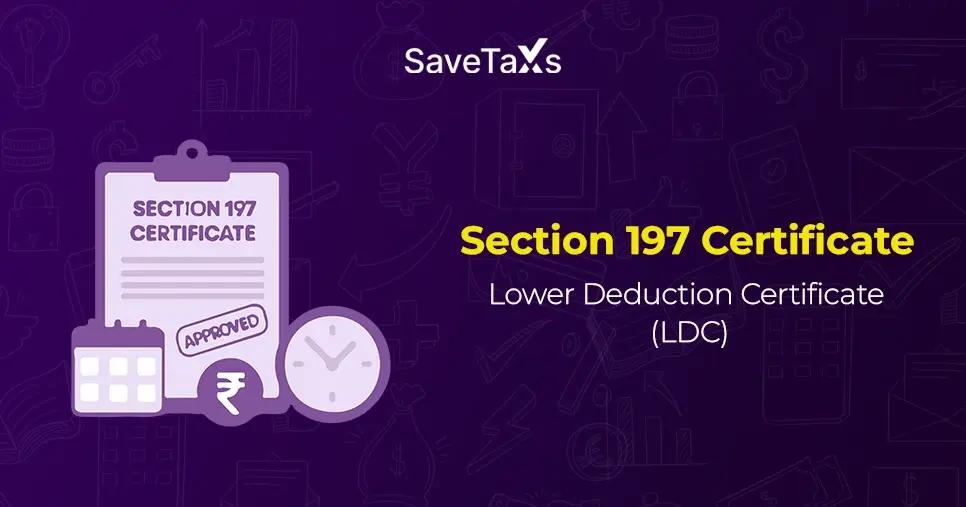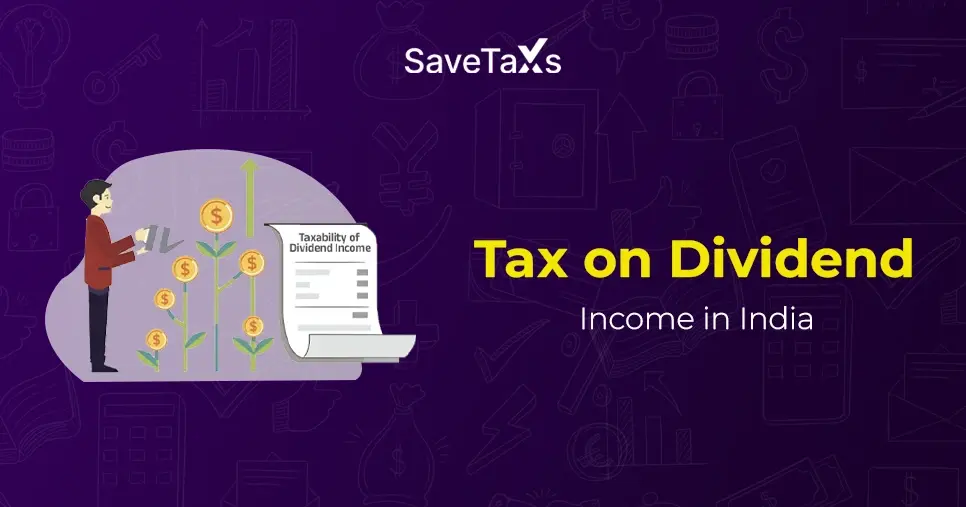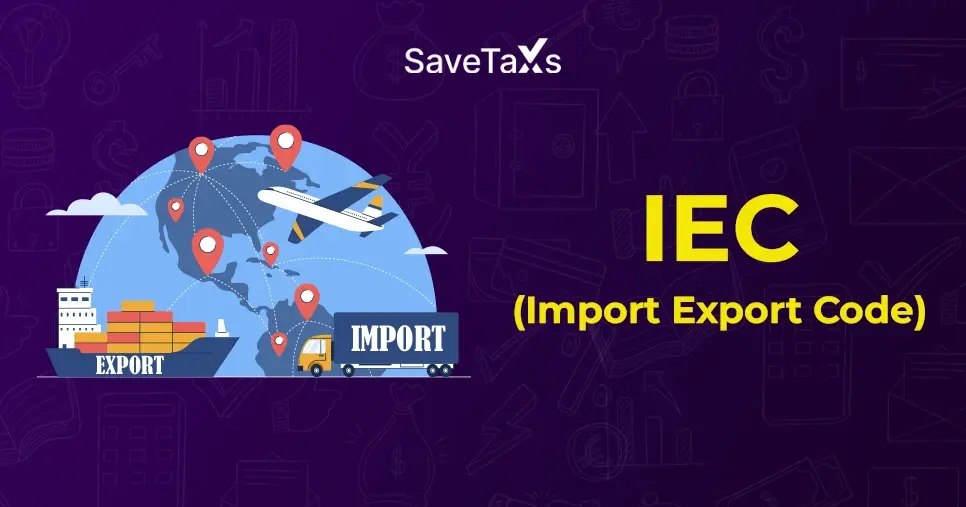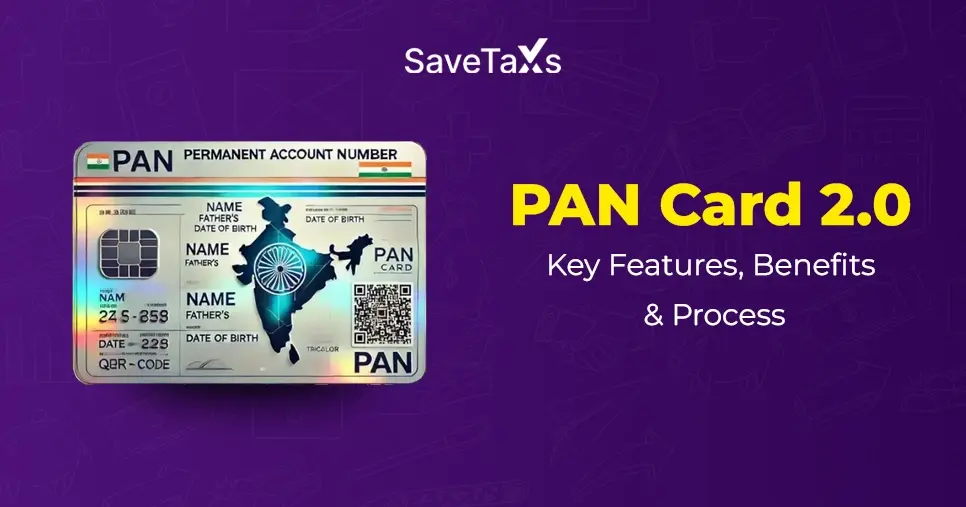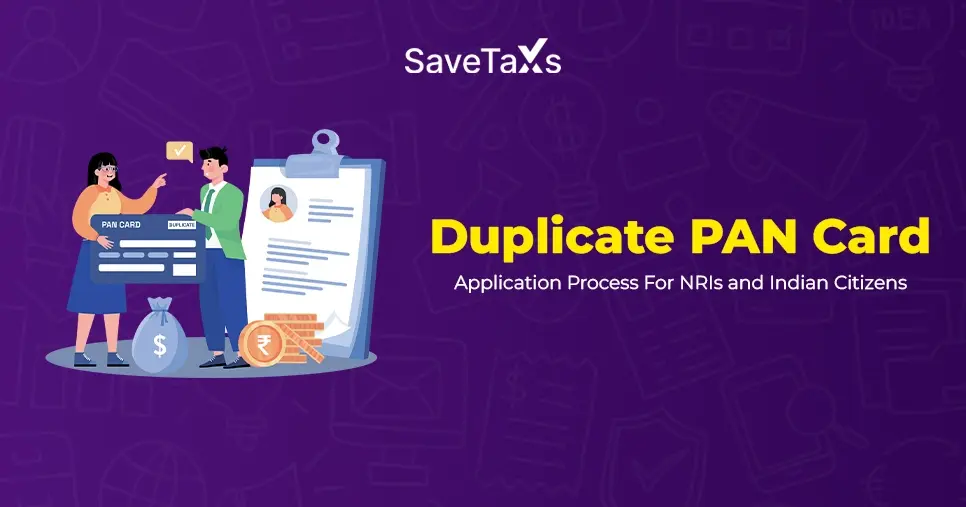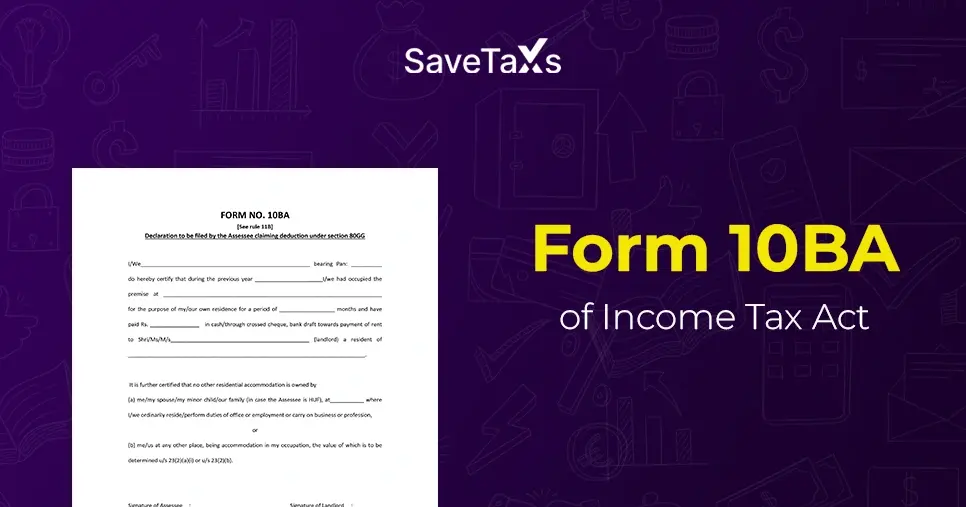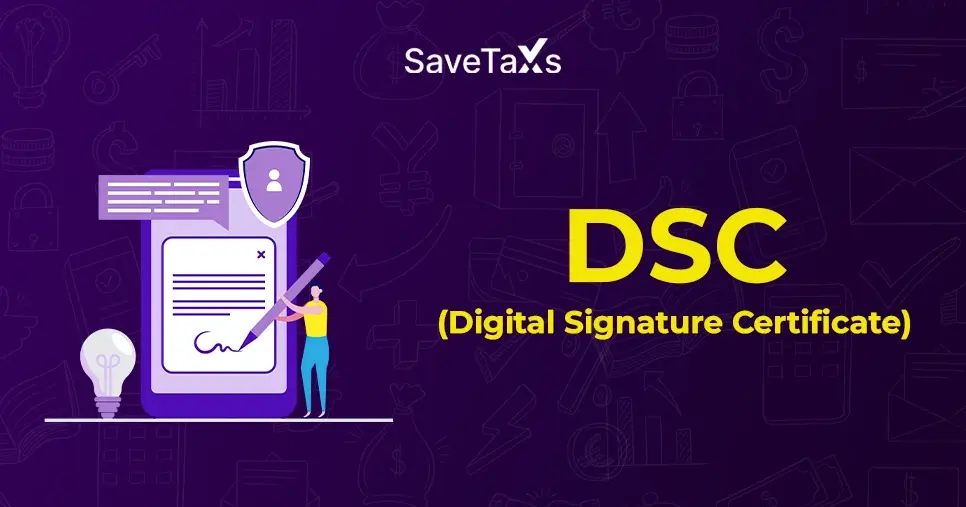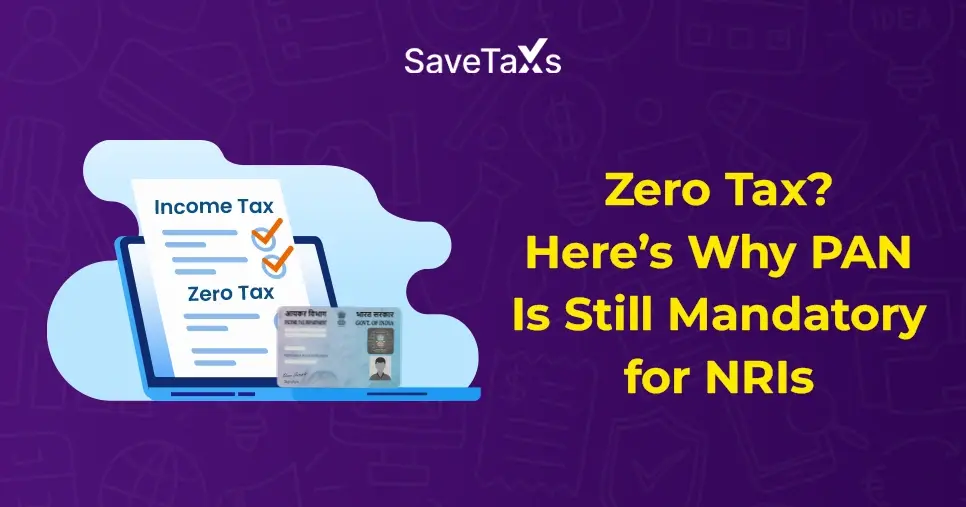- What is an Annual Information Statement (AIS)?
- What are the Objectives of the Annual Information Statement (AIS)?
- What are the Key Features of AIS?
- Understanding the Taxpayer Information Summary
- How to Check Your Annual Information Statements (AIS)?
- What is the AIS PDF Password? How to Access the AIS PDF?
- What are the Different Types of Information in AIS?
- What are the Differences Between AIS and Form 26AS?
- How to Provide Feedback in AIS? How to Correct Errors in AIS?
- What to Do If You Identify an Error in AIS or Form 26AS?
- Which Form Should Taxpayers Refer to When Filing ITR?
- To Conclude
The AIS (Annual Information Statement) is a detailed summary of a taxpayer's details provided in Form 26AS. Along with the details of TDS/TCS, AIS will also show details regarding interest, dividends, stock market transactions, mutual fund transactions, etc. In this comprehensive guide, we will learn about what AIS is, how to check your AIS, how to open an AIS PDF, and much more information that you need to know.
What is an Annual Information Statement (AIS)?
The Annual Information Statement (AIS) is a detailed view of information for a taxpayer reflected in Form 26AS. The taxpayer has the option to provide feedback on the information provided in AIS. It presents both the reported value (submitted by reporting entities) and modified values (adjusted based on the taxpayer's feedback) for various types of information, including TDS, Statement of Financial Transactions (SFT), and other details. Taxpayers can check all the transitions reflected in the AIS and make changes (if any) because this information is crucial for filing an ITR.
What are the Objectives of the Annual Information Statement (AIS)?
The primary objective of an AIS includes:
- Discouraging non-compliance
- Facilitating smooth pre-filing of tax returns
- Providing complete information to the taxpayer and gathering their online feedback
- Promoting voluntary compliance and reducing underreporting of income by the taxpayer.
What are the Key Features of AIS?
The AIS makes it easier for a taxpayer to file their ITRs accurately. It helps them identify and correct differences between the taxpayer's records and the department's data by eliminating anomalies in tax reporting. There are several other features of an AIS, such as:
- The AIS utility will grant taxpayers the ability to check and submit feedback on the AIS offline.
- It allows taxpayers to provide online feedback on the AIS data and download the information in PDF, JSON, or CSV file formats.
- Offers a Taxpayer Information Summary (TIS) to simplify the return filing process by pre-filing all the relevant information in your return.
- It includes additional information, such as interest, dividends, securities, transactions, mutual fund activities, foreign remittance details, and more.
Understanding the Taxpayer Information Summary
The taxpayer information summary presents an aggregated summary for each taxpayer, displaying both the processed value (value generated after deduplication of information) and derived values (value derived after considering the taxpayer's feedback) by categories. This derived data in TIS is utilized for pre-filing income tax returns.
How to Check Your Annual Information Statements (AIS)?
Follow the steps mentioned below to access your annual information statements:
- Step 1: Log in to the income tax e-filing portal at www.incometax.gov.in and navigate to the "AIS" section.
- Step 2: Click on the "Proceed" button.
- Step 3: You will be redirected to the compliance portal, where you can access both the Taxpayer Information Summary (TIS) and the Annual Information Statement (AIS), right next to the instructions on the AIS home page.
- Step 4: Select the relevant financial year to view either the TIS (Taxpayer Information Summary) or AIS (Annual Information Statement) by clicking the appropriate tiles. Now, you can see the screenshot of the TIS summary.
- Step 5: You can download the AIS or TIS by clicking on the download icon, with TIS available in PDF format and AIS in PDF or JSON formats.
What is the AIS PDF Password? How to Access the AIS PDF?
All the downloaded AIS PDFs are password-protected. Use the following format to unlock your AIS: Enter your PAN (in lowercase), followed by your date of birth (for individuals) or the date of incorporation for non-individuals. Formatted as DDMMYYYY without any spaces.
For example, if your PAN (Permanent Account Number) is ABCDE1234A and your date of birth is 25th May, 1997, the AIS password will be abcde1234a25051997.
What are the Different Types of Information in AIS?
The AIS information is divided into two parts, which are as follows:
1. Part A - General Information
This part includes details like PAN, masked Aadhaar number, name, date of birth/incorporation/formation, and contact information of the taxpayer.
2. Part B - Contains Various Tax-Related Information
- Payment of Taxes: It shows details on advance tax and self-assessment tax.
- TDS/TCS Information: It reflects details related to TDS/TCS. Displays codes, descriptions, and values for TDS/TCS.
- Demand and Refund: Lists demands raised and refunds initiated (AY and amount) during the financial year.
- SFT Information: The details received from reporting entities under the Statement of Financial Transaction (SFT) are shown here. It includes code, information description, and information value.
- Other Information: Information details received from other sources are displayed here. It covers diverse data, such as Annexure II salary, interest on refund, outward foreign remittance/purchase of foreign currency, etc.
The AIS will display a detailed record of all financial activities throughout the year, including savings account interest and transactions in securities.
CBDT has Notified 57 Income Types and Expenses That are Available in AIS.
The types of incomes and expenses that will be mentioned in AIS are:
| S. No | Particulars |
|---|---|
| 1. | Salary |
| 2. | Dividend |
| 3. | Donations Received |
| 4. | Account Balance |
| 5. | Foreign Travel |
| 6. | Vehicle Purchase |
| 7. | Vehicle Sale |
| 8. | Cash Deposits |
| 9. | Cash Withdrawals |
| 10. | Cash Payments |
| 11. | Rent Payment |
| 12. | Rent Received |
| 13. | GST Turnover |
| 14. | GST Purchases |
| 15. | Business Expenses |
| 16. | Business Receipts |
| 17. | Land/Building Sale |
| 18. | Time Deposit Purchase |
| 19. | Foreign Remittance Receipt |
| 20. | Immovable Property Purchase |
| 21. | Interest from the Savings Bank |
| 22. | Interest from Deposits |
| 23. | Interest from Others |
| 24. | Interest from Income Tax Refund |
| 25. | Insurance Commission |
| 26. | Miscellaneous Payment |
| 27. | Off-Market Debit Transactions |
| 28. | Off-Market Credit Transactions |
| 29. | Rent on Plant and Machinery |
| 30. | Credit/Debit Card Transactions |
| 31. | Business Trust Distributed Income. |
| 32. | Investment Fund Distributed Income |
| 33. | Virtual Digital Assets Transfer Receipt |
| 34. | Securities/Mutual Funds Purchase |
| 35. | Lottery/Crossword Winnings u/s 1158B |
| 36. | Lottery Ticket Sales Commission |
| 37. | Horse Race Winnings u/s 115BB |
| 38. | Bonds/Government Securities Interest |
| 39. | PF Balance from the Employer u/s 111 |
| 40. | Online Game Winnings u/s 115BBJ |
| 41. | Repurchase of Units by MF/UTI |
| 42. | Specific Fund Securities Income u/s 115AD (1)(1) |
| 43. | Special Senior Citizen Income |
| 44. | Government Payable Sums |
| 45. | Life Insurance Policy Receipts |
| 46. | National Savings Scheme Withdrawal |
| 47. | Securitization Trust Investment Income |
| 48. | Immovable Property Transfer Receipts |
| 49. | Securities/Mutual Fund Units Sale |
| 50. | Infrastructure Debt Fund Interest u/s 115A (1) (a) (ia) |
| 51. | Interest from the Specified Company (Non-Resident) u/s 115A (1) (a) (aa) |
| 52. | Units of Non-Resident Income u/s 115A (1) (a) (ab) |
| 53. | Offshore Fund Income/long-Term Capital Gain u/s 115AB (1) (b) |
| 54. | Foreign Currency Bonds/Share Income u/s 115AC |
| 55. | Foreign Institutional Investors Securities Income u/s 115AD (1) (1) |
| 56. | Foreign Remittance/Foreign Currency Purchase |
| 57. | Non-Resident Sportsmen/Sports Association Payment u/s 1158BA |
What are the Differences Between AIS and Form 26AS?
Currently, Form 26AS mainly reports high-value transactions and TDS/TCS information carried out during the financial year. On the contrary, AIS (Annual Information Statement) provides a much more extensive overview statement, including savings account interest, details of financial transactions, foreign remittances, interest on deposits, and much more. AIS presents data in both aggregate and individual transaction formats, unlike Form 26AS.
If a taxpayer has earned Rs. 1,700 in savings account interest and Rs. 42,000 in interest from deposits with XYZ bank during the financial year, only the Rs. 42,000 interest, on which TDS has been deducted, will be reflected in Form 26AS. Simultaneously, the annual information statement (AIS) will include both the transaction details. Additionally, taxpayers can also access bank account details from where they got the income, such as the bank name, bank account number, and account type. The AIS will provide a detailed view of the previous year's financial information, including rent received, salary, dividends, and more.
The AIS encompasses TDS/TCS transactions, SFT information, tax payments, demand or refunds, and other related data. However, for verifying GST turnover through the details mentioned in Form GSTR-3B, this information is only available in Form 26AS since the AIS does not contain GST details.
How to Provide Feedback in AIS? How to Correct Errors in AIS?
Taxpayers can give feedback either online or offline. For online feedback, it must be submitted through the AIS section of the compliance portal. To correct errors in the AIS section, follow the steps mentioned below:
- Navigate to the AIS (Annual Information Statement) tab, where you will find various sections like TDS/TCS information, SFT information, tax payments, demands, refunds, and other
For example, in the ST information section, select the area where you wish to submit feedback, and expand the category. Use the "Optional button" to submit your feedback. Then, you will be required to choose the type of feedback. You can view the modified figure in the bracket, which will be utilized to update the derived value in the Taxpayers Information Summary (TIS). The corrected information will then prefill in the taxpayer's income tax return (ITR) form.
How to Check the Status Update on AIS Correctio 13 May 13 2024, the CBDT has launched a new feature that shows the status of any correction or feedback submitted by taxpayers regarding AIS. It indicates whether the feedback has been accepted partially, fully, or rejected by the source (person responsible for uploading information in AIS). The status options presented include:
- Feedback Shared for Confirmation: It will notify the taxpayer about whether the feedback has been forwarded to the reporting source for confirmation or not.
- Feedback Shared On: It displays the date of the feedback submission to the reporting source for confirmation.
- Source Responded On: This will show the date the reporting source replied to the feedback.
- Source Response: It will provide insight into the reporting source's response regarding necessary corrections (if required or not).
This new feature enhances transparency by giving taxpayer relevant updates directly within their AIS and signifies the Income Tax Department's commitment to simplifying compliance and improving services.
What to Do If You Identify an Error in AIS or Form 26AS?
The AIS (Annual Information Statement) reflects the current information held by the income tax department. The Income Tax Act mandates specific entities to report high-value transactions. Therefore, it's possible that some data for a certain period has not been received or updated. Taxpayers are advised to verify all relevant information and ensure complete accuracy in their income tax return submission. It is also essential to use the feedback mechanism to report any errors in the AIS. This step is crucial, as the Income Tax Department has recently identified 68,000 cases of discrepancies between AIS and ITR data. Such mismatches could result in penalties and interest due to underreporting of income, unless you get them rectified.
Which Form Should Taxpayers Refer to When Filing ITR?
If there are discrepancies between TDS/TCS data or tax payment details in Form 26AS compared to AIS, taxpayers should rely on the information in Form 26AS for filing their returns. However, if taxpayers have already submitted their Income Tax return and subsequently find more information in the AIS, they can file a revised return based on the information displayed in the AIS.
To Conclude
The Annual Information Statement has transformed the way taxpayers and authorities approach income tax reporting. Its detailed nature, user-oriented features, and feedback option make it a valuable resource for ensuring complete, accurate, and compliant tax filings for individuals. Taxpayers must download and review the AIS before filing their ITR. You can experience a smooth and more accurate tax filing process by using the features of AIS and providing feedback on any differences.
Understanding your AIS (Annual Information Statement) is important to plan your taxes smartly. It becomes easier when you seek assistance from Savetaxs. Our team of experts will help you understand everything about an AIS, avoid any kind of discrepancies, and ensure accurate tax filings. Savetaxs will ensure you stay compliant and eliminate the risk of penalties.
Note: This guide is for informational purposes only. The views expressed in this guide are personal and do not constitute the views of Savetaxs. Savetaxs or the author will not be responsible for any direct or indirect loss incurred by the reader for taking any decision based on the information or the contents. It is advisable to consult with either a Chartered Accountant (CA) or a professional Company Secretary (CS) from the Savetaxs team, as they are familiar with the current regulations and help you make accurate decisions and maintain accuracy throughout the whole process.

Mr Shaw brings 8 years of experience in auditing and taxation. He has a deep understanding of disciplinary regulations and delivers comprehensive auditing services to businesses and individuals. From financial auditing to tax planning, risk assessment, and financial reporting. Mr Shaw's expertise is impeccable.
Want to read more? Explore Blogs
Frequently Asked Questions
No matter what your source of income is, we've got you covered. There’s a plan for everybody!
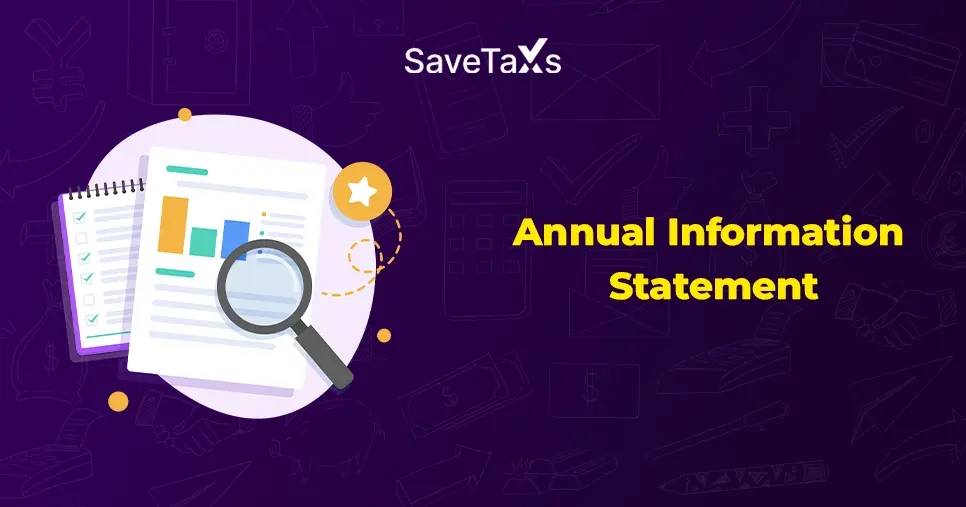
_1756467732.webp)
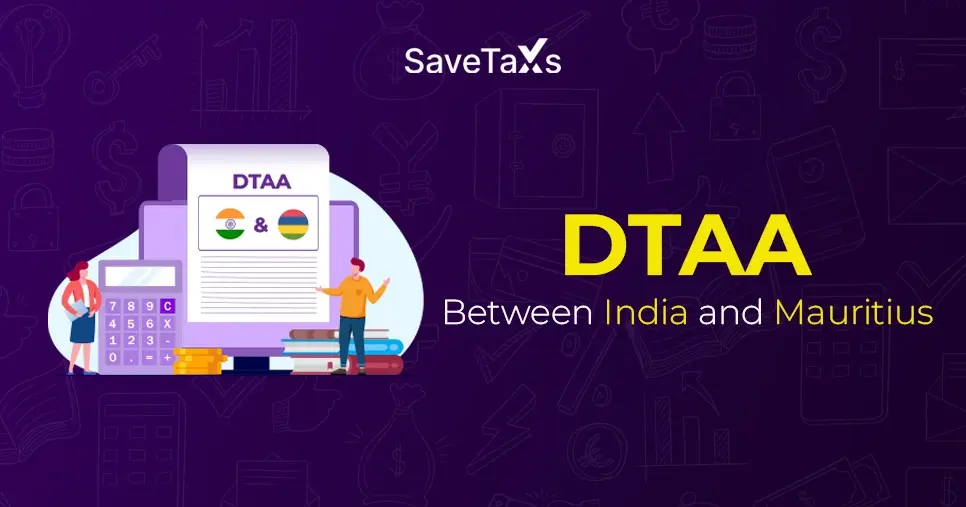
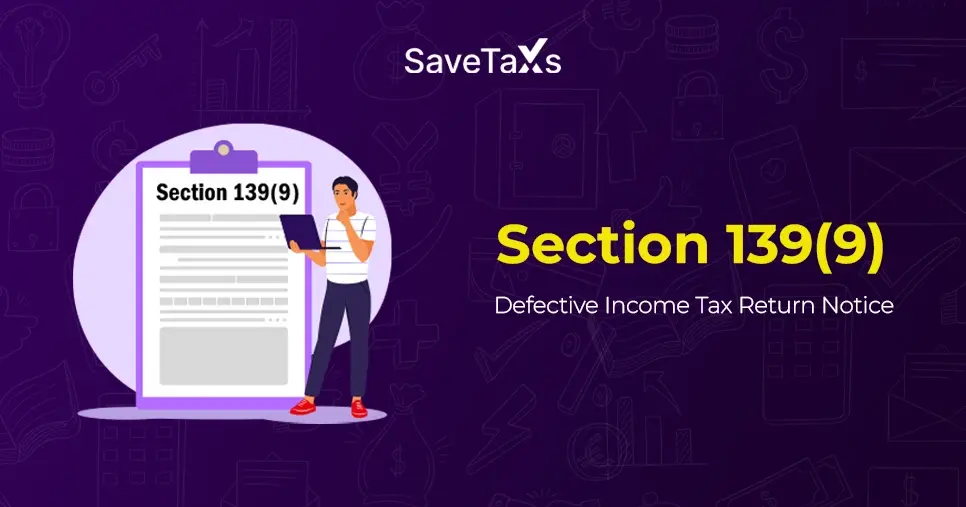
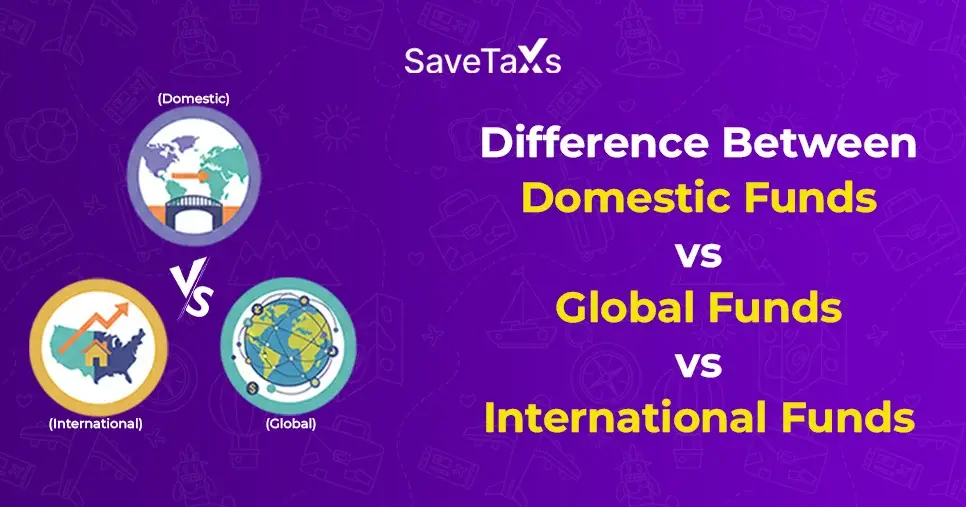
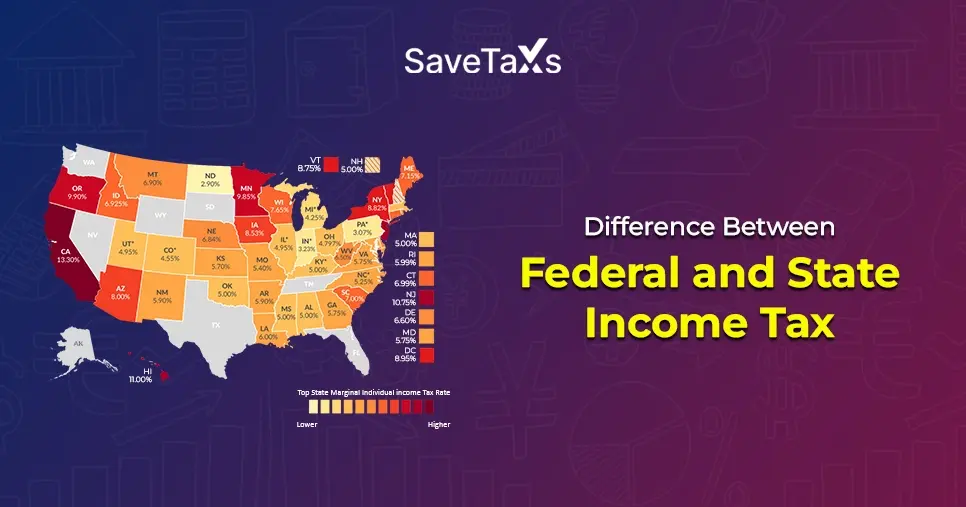
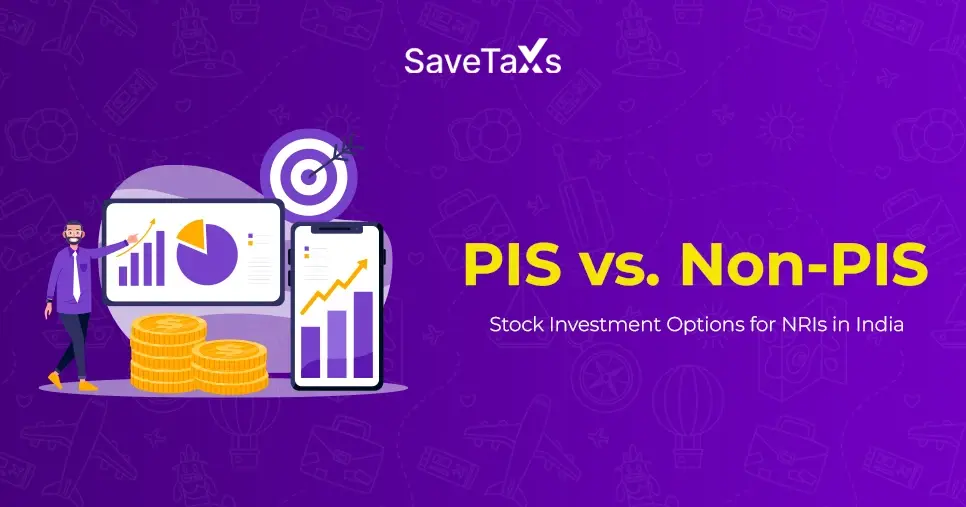


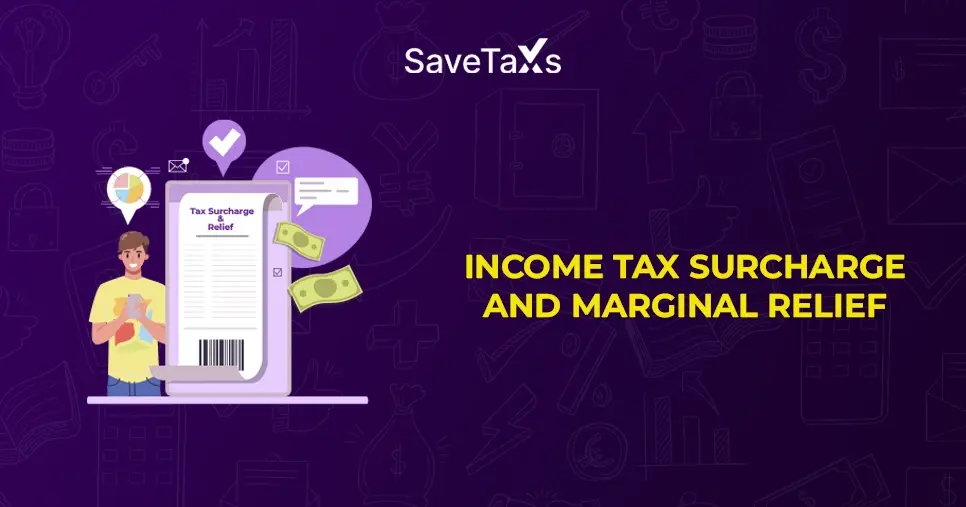
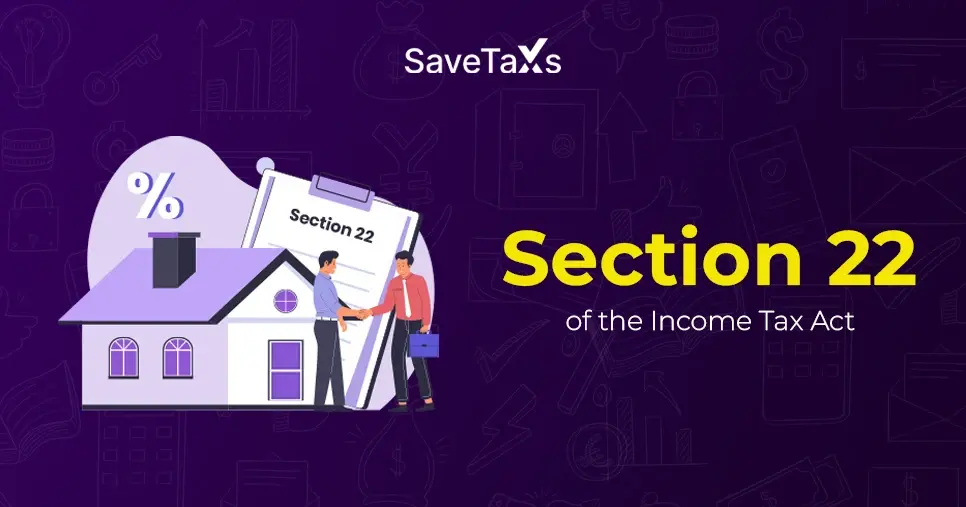
_1759750925.webp)
